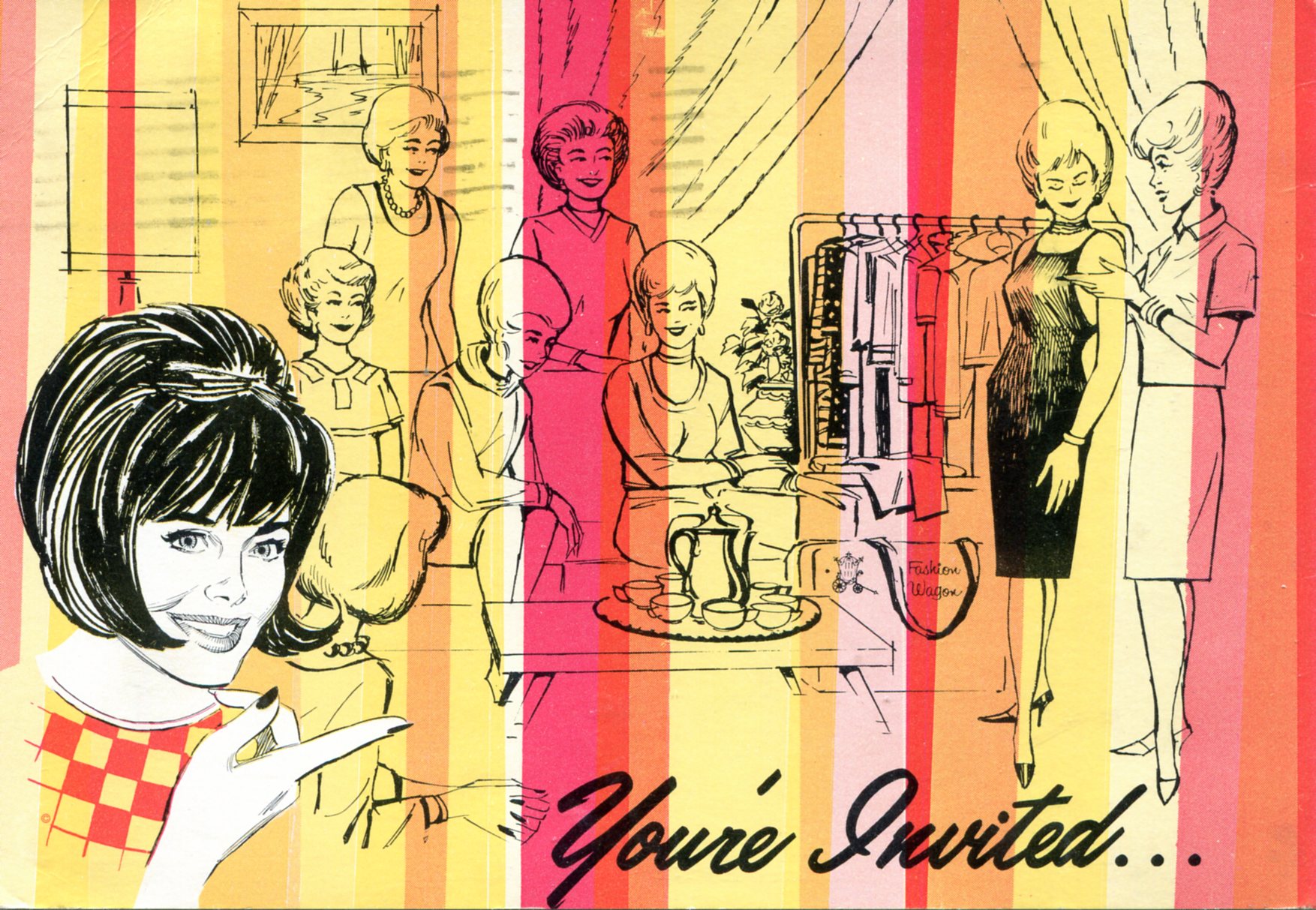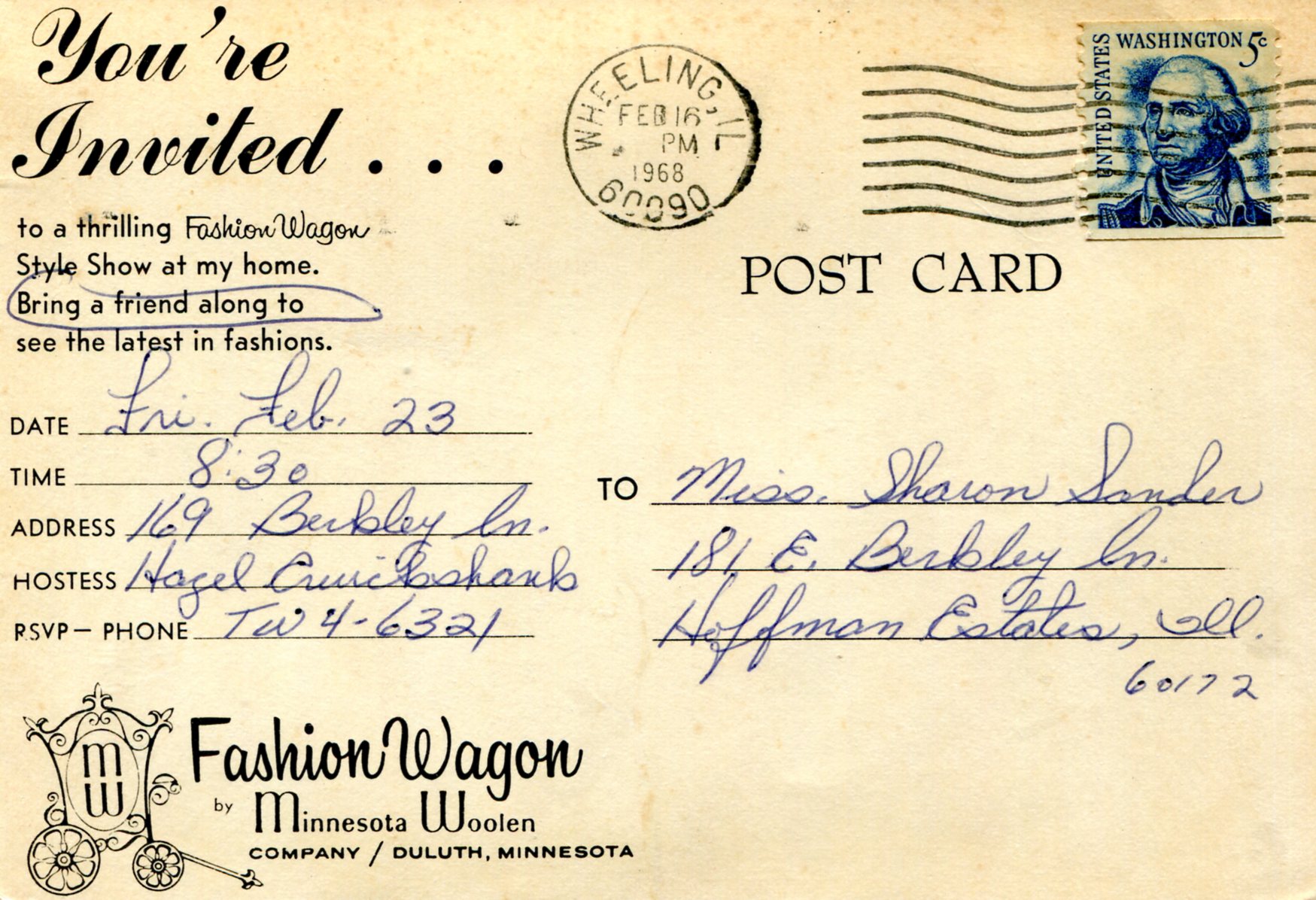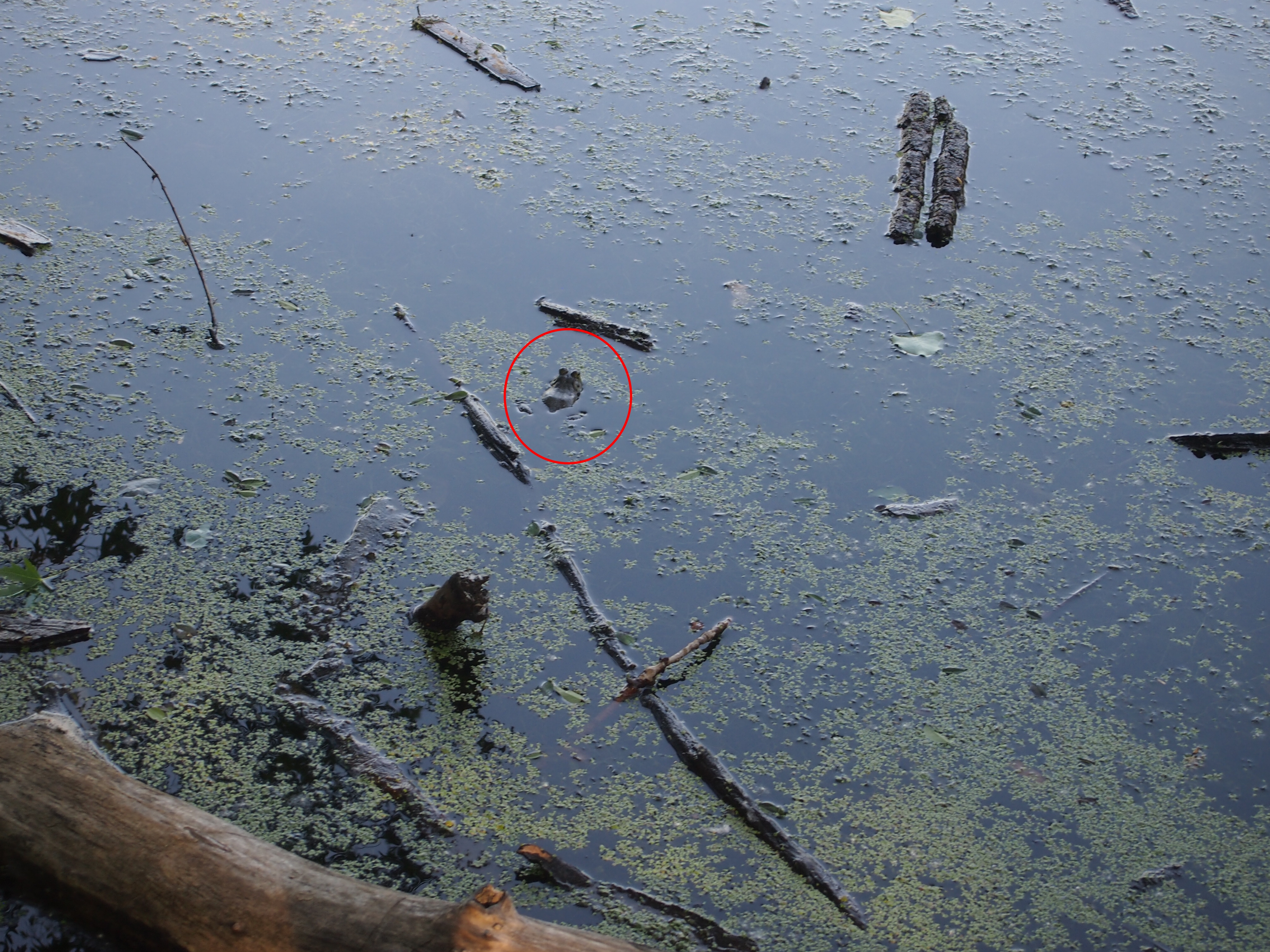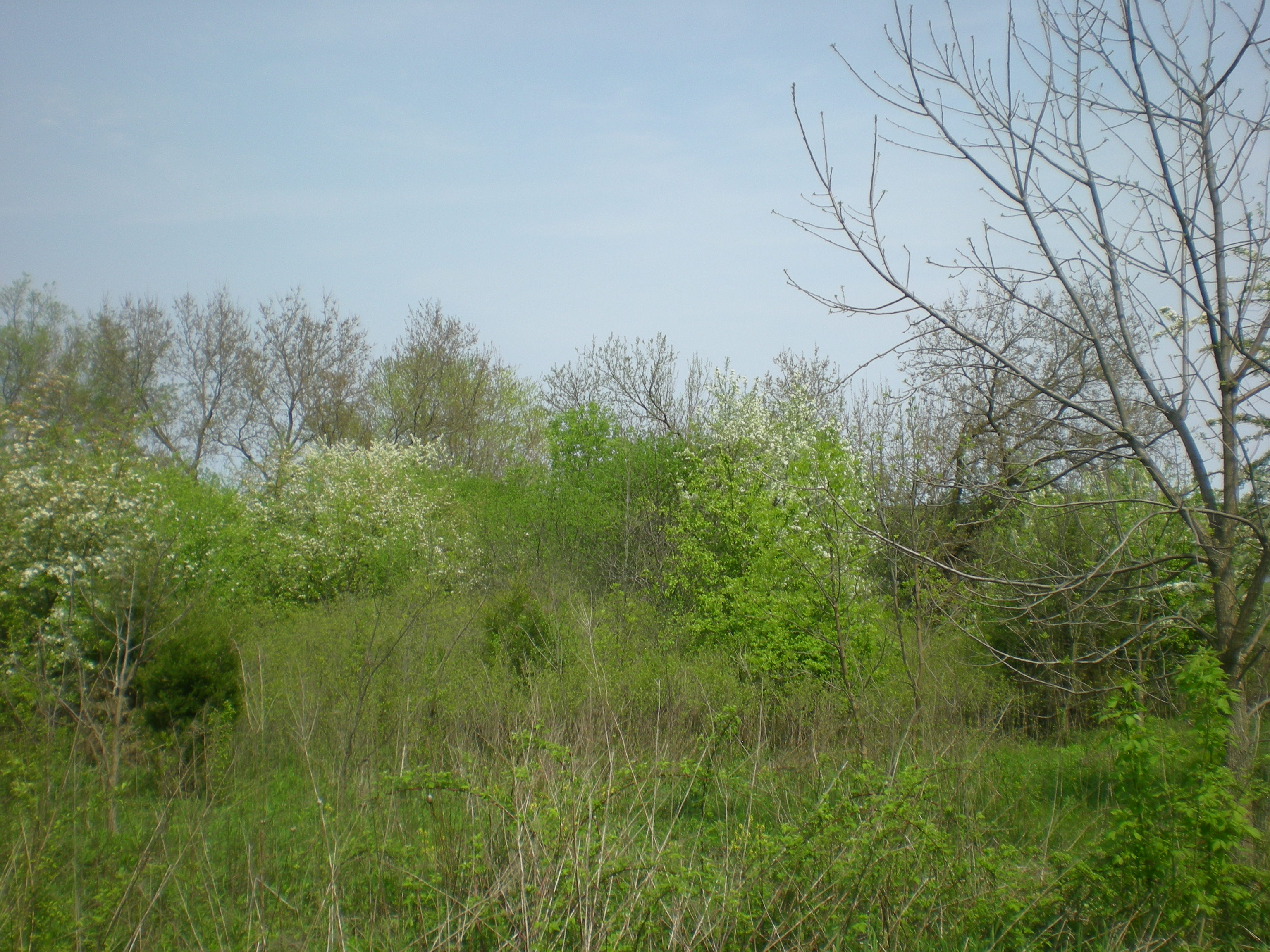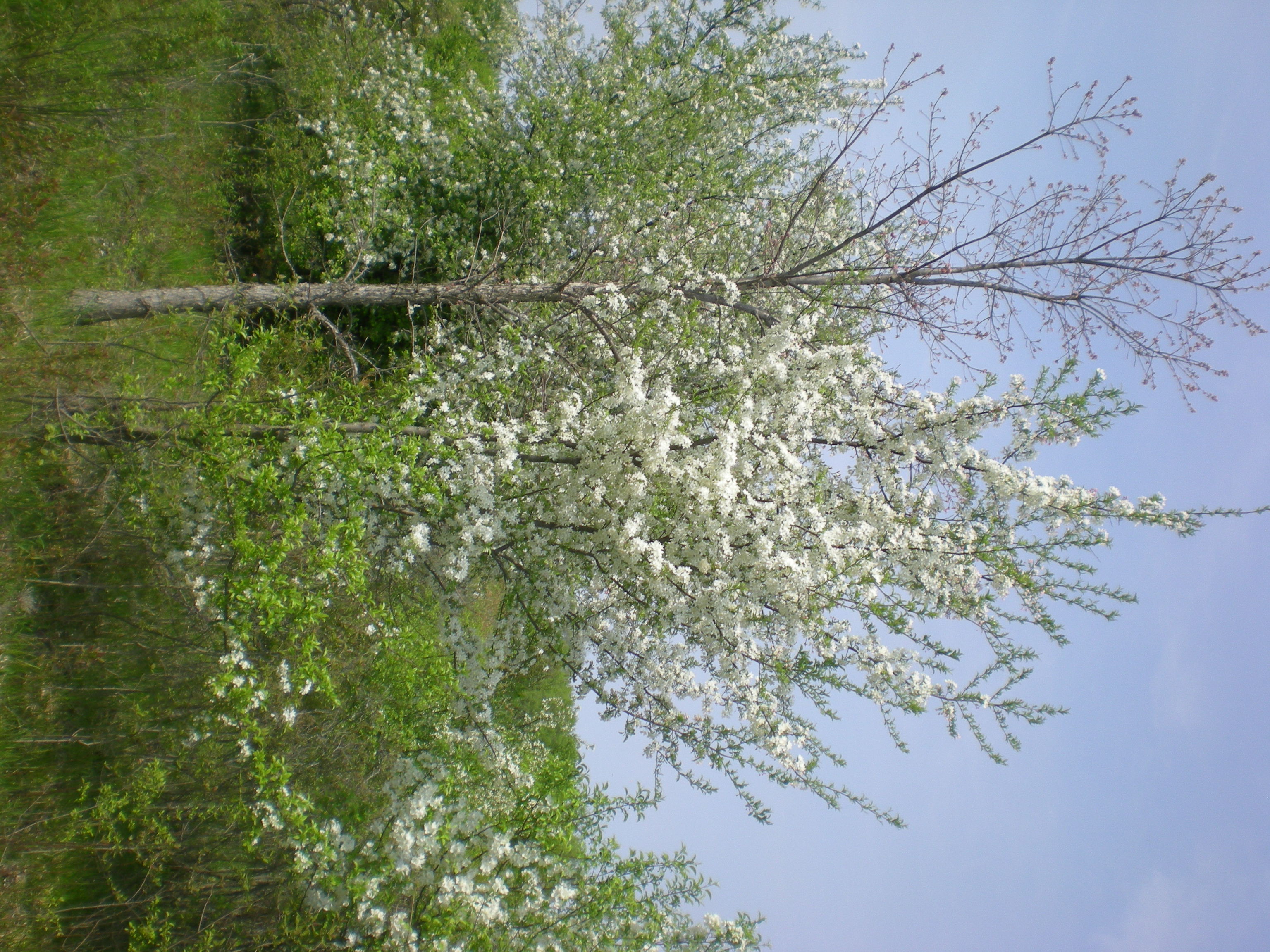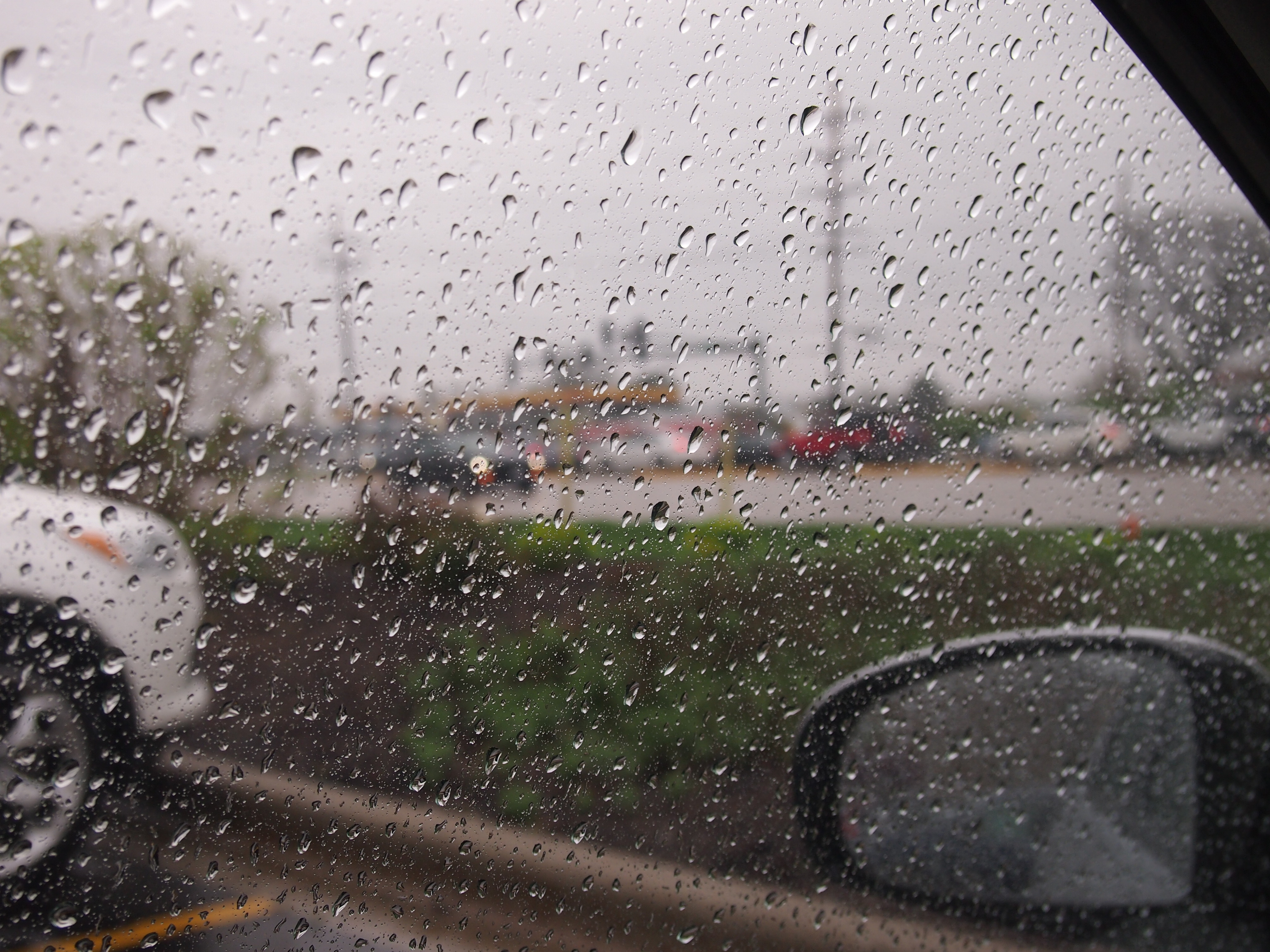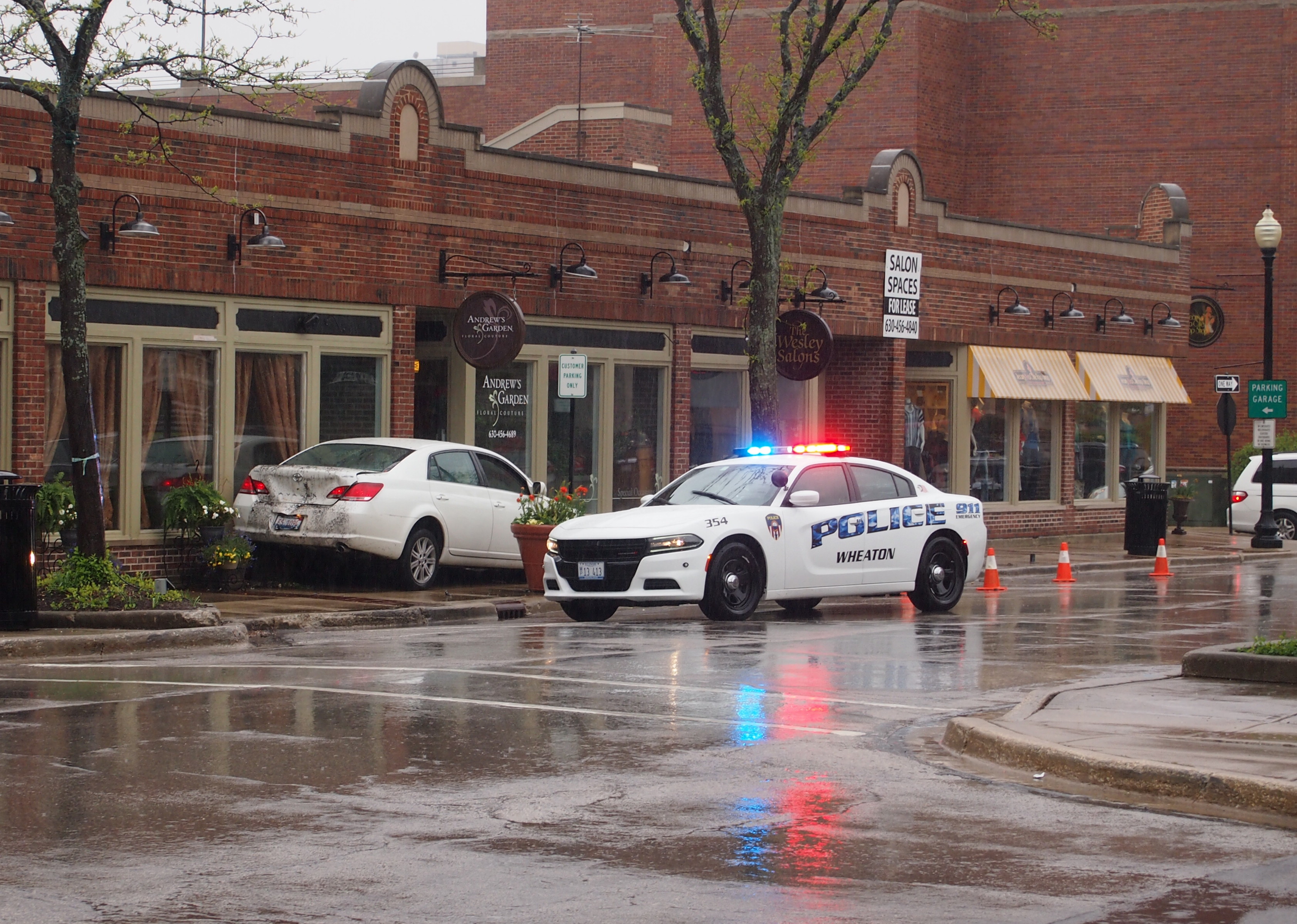Not long ago I realized that we hadn’t been to a minor league baseball game in a while. I wasn’t sure how long, so I checked: more than eight years. Time to go again. Same stadium, different team, since the old Flyers went under in 2011 — something about a cool million in unpaid back rent to the stadium owners, who happen to be the Village of Schaumburg and the Schaumburg Park District.
Since 2012, the Schuamburg Boomers have been the home team at the stadium, which isn’t all that far from where we live. Besides proximity, there are other advantages to attending baseball games locally, mainly cost. I’m happy to note that the price of reserved seating this year was exactly the same as it was in 2008: $11.
I can’t say the same about the Cubs. It’s a little hard to tell, since the club seems to have changed the ticket pricing scheme since eight years ago, the better maybe to put a fig leaf on their naked avarice, but I think that a ticket at a “middle distance behind home plate” — which was $66 then — no longer exists, though some far-off seats are still in the $60s. Seems that nothing behind home plate is less than $99. My opinion of MLB as a pack of gougers remains unchanged, then.
On Friday the Schaumburg Boomers of the Frontier League — whose mascot is a Prairie Chicken — played the South Illinois Miners, first of a three-game weekend series. Another thing to like about minor-league ball is that the players commit whopping blunders sometimes, and that happened almost right away, with the Miners getting two runs in the 1st inning because of a wildly misthrown ball to first base (or rather, in the direction of first base). But during the bottom of the same inning, the Boomers then got three runs because of poor play by the Miners.
After that, the quality of the fielding — but not always the hitting — improved somewhat. Both teams managed some well-executed double plays, and most of the outfielders caught the pop flies they needed to, with only one more run until the eighth inning, which began 4-2, with the Boomers leading. Around the 6th inning, it began to drizzle.
The weather had been a worry all evening, since heavy rains had fallen that day, only clearing up about two hours before the first pitch, when it was still cloudy. I didn’t want the game to be called because of rain, not because missing a few innings would have been that bad. Mainly I didn’t want to miss the fireworks after the game.
The prospect of rain might have depressed attendance that evening. I don’t know how many seats usually sell at a Friday Boomers game, but last Friday the stands were less than full, with large swatches of seats empty. As the drizzle fell, more people left. We stuck it out. We being Yuriko and I, along with Lilly and three of her friends (Ann declined to go).
I don’t remember whether the announcer was such a minimalist last time around. All this announcer could be bothered to do was tell us the name of the batter up and natter sometimes about some promotion or other at the ballpark. I don’t mind that, but I would like to hear occasional clarifications of what was going on.
At one point, with two men on base — first and second — something happened, an umpire or two suddenly went into motion, there was noise from members of the crowd who might have understood what was going on, and then the two men advanced to second and third. It took me a while to figure out that a balk must have been called on pitcher. Maybe that’s me being dense about baseball, but I got the sense that a lot of other people were mystified as well. A short sentence from the announcer would have helped. Could be interpreting the game’s above his pay grade.
By the top of the 8th, when the drizzle petered out, all the Boomers had to do was keep the Miners at bay for two more innings. No such luck. In short order, bang, bang, the Miners got two runs to tie the game, 4-4. Actually, it wasn’t that short an inning. One batter in particular had a fondness for foul balls, and he hit one again and again and again and again.
I wasn’t looking forward to extra innings. Nine’s enough, especially when it might rain. Luckily, in the bottom of the 8th, the Boomers did pretty much the same thing as in the bottom of the 1st, bouncing back with well-placed hits, and scoring three runs. The Miners got a run in the top of the 9th, but couldn’t catch up, and that was that, 7-5. I don’t care one way or the other much about the Boomers, but oddly enough I was glad to see them win. That’s crowd psychology for you.
The postgame fireworks were dessert. Not the most spectacular ever, but a nice show, everything you want in hanabi (literally fire flowers in Japanese; always have liked that word). Even better, the show was close enough that you could faintly smell the gunpowder, adding an extra layer of enjoyment — and memory. I thought of the fireworks at Tivoli all those years ago, close enough so that the ash rained down on us (and while I didn’t mention it, you could smell the fireworks too).
